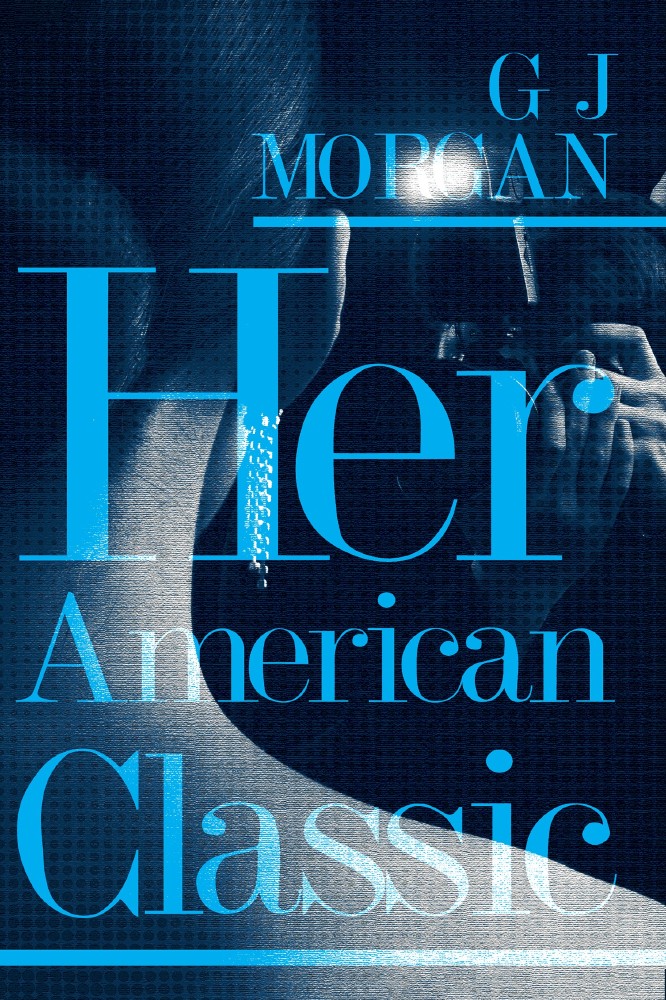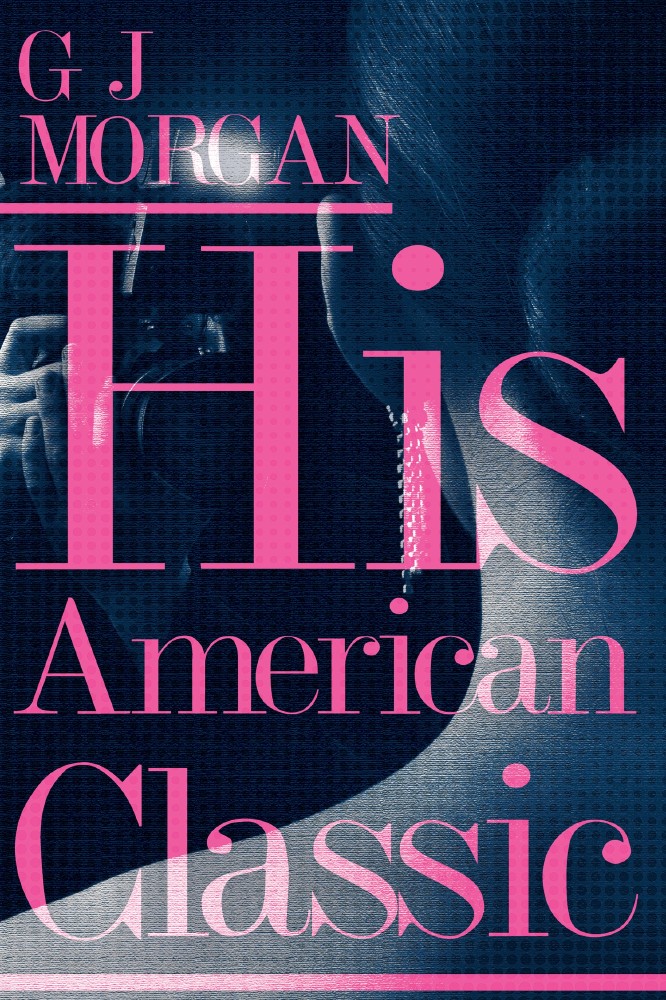The Beanstalk
First question to ask yourself. Why are writing Dual Perspective?

Her American Classic
Would we need to hear Hansel and Gretal tell their individual stories? Probably not, they are on the same journey, similar age and similar fears and therefore would be a similar narrative.
But would Jack and the Beanstalk been a different read if told from the giant’s perspective? What did the giant do wrong? Who grew the bean? Who invaded whose home? Who was the villain in the story? Jack or the giant?
Does your reader need to see a different point of view?
In my novel I chose dual perspective purely as I was telling the story of an actress in front of the camera and the Paparazzi behind it. Both sides of the story needed to be told.
You need to ask yourself the why question. And hopefully the answer should be very simple.
Cliff edge
Do your research
Get your hands on as many books that have used the same approach, there are lots of them (Gone girl/Time Travellers wife/My Sisters Keeper).
Watch movies and TV shows that do the same (The Affair/Pulp Fiction/Love actually)
Look at how they start a scene, how they give each character a unique voice, how they jump between the narrative, the length of a chapter, how they build tension, how they move from calm to chaos.
Look before you leap.
Love and Hate
Now is the hard bit. You have given yourself a harder task. Two voices. Two journeys. Essentially two books to write (literally in my case)
You have given yourself the dilemma of who the reader needs to root for, which if done well will change throughout your novel. The role of hero and villain should be hard to identify, even when it should be blatantly obvious. The reader might find themselves siding with a murderer, or sympathizing with a bully rather than the victim.
Truth and blame and opinion needs to be objective. Your job is to make the reader question themselves and the characters on the page.
Same fight/different day
If your two characters have a blazing fight the reader doesn’t necessarily need to hear “I hate you” twice.
Where possible avoid re-writing the same scene and dialogue, unless it adds real value.
So instead of writing the blazing fight over and over, look at other ways to show both sides of the argument. Think of inventive ways that mean the reader changing their mind on whose side they are on. Re-visit before the argument, a flash back, maybe even after once raised voices have settled. By doing so it might change the readers view without duplication and most importantly stop them skipping pages.
Smiles or frowns
The End?
Happy or sad? Neither?
Because you have two characters ones happiness might mean the opposite for the other.
You have lots of options and many will be predictable which the reader may find frustrating and most often a cop out.
My advice is “go with your gut”, which I know isn’t the greatest of help, but you will know your characters and you will have a different view to me on how a book should end. Just be prepared that no matter how much you love both characters, that one may not get the ending they or you want or expect.


